



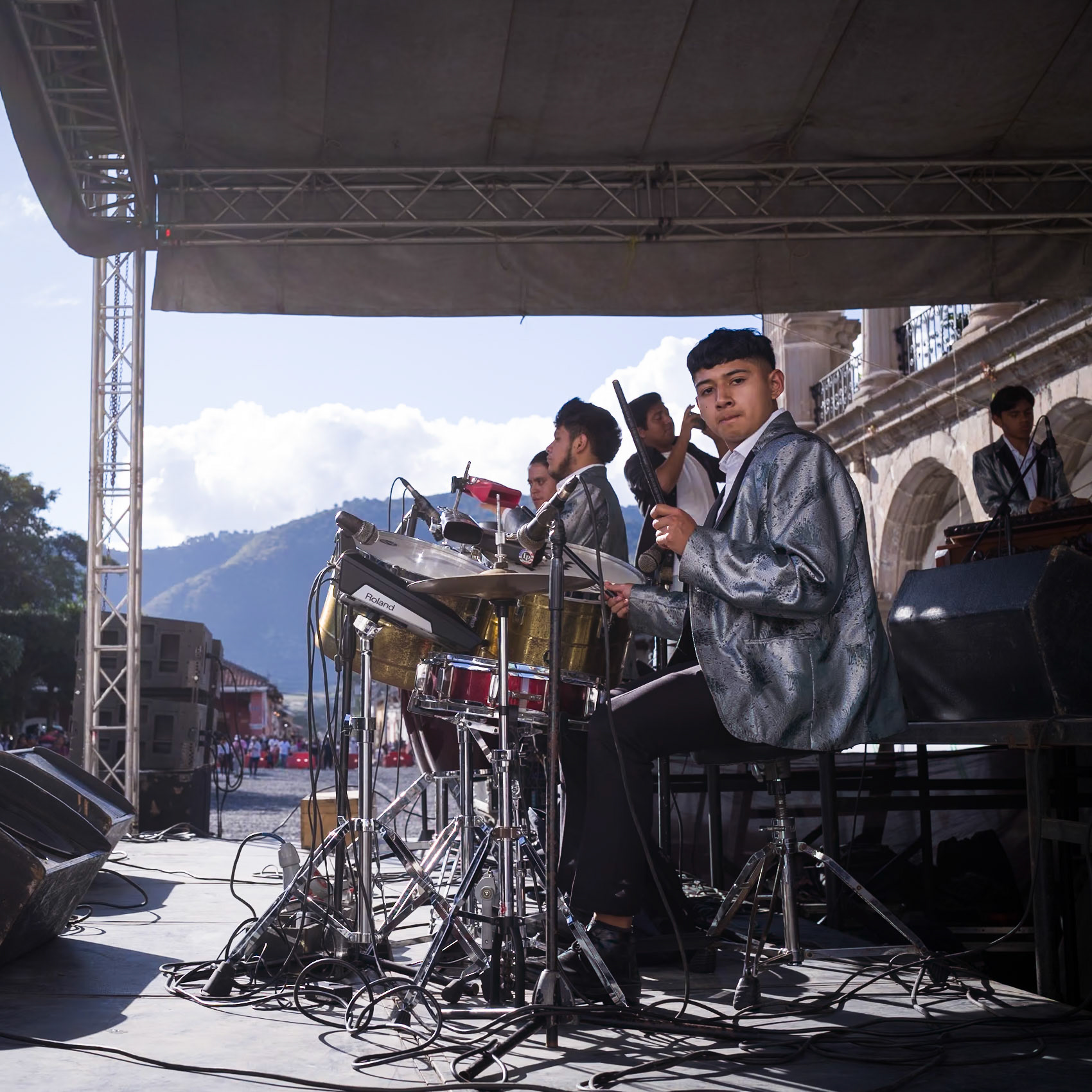
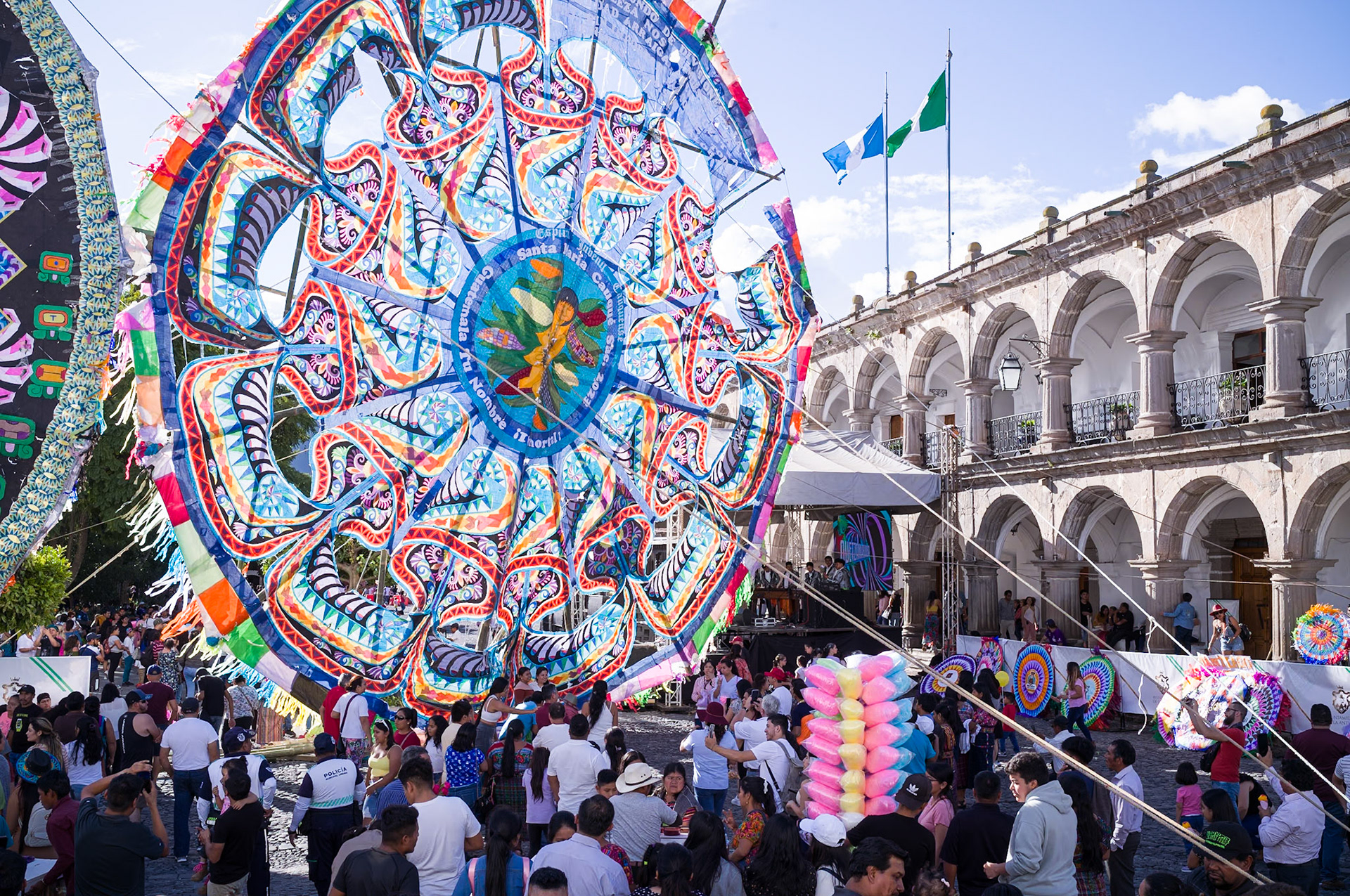





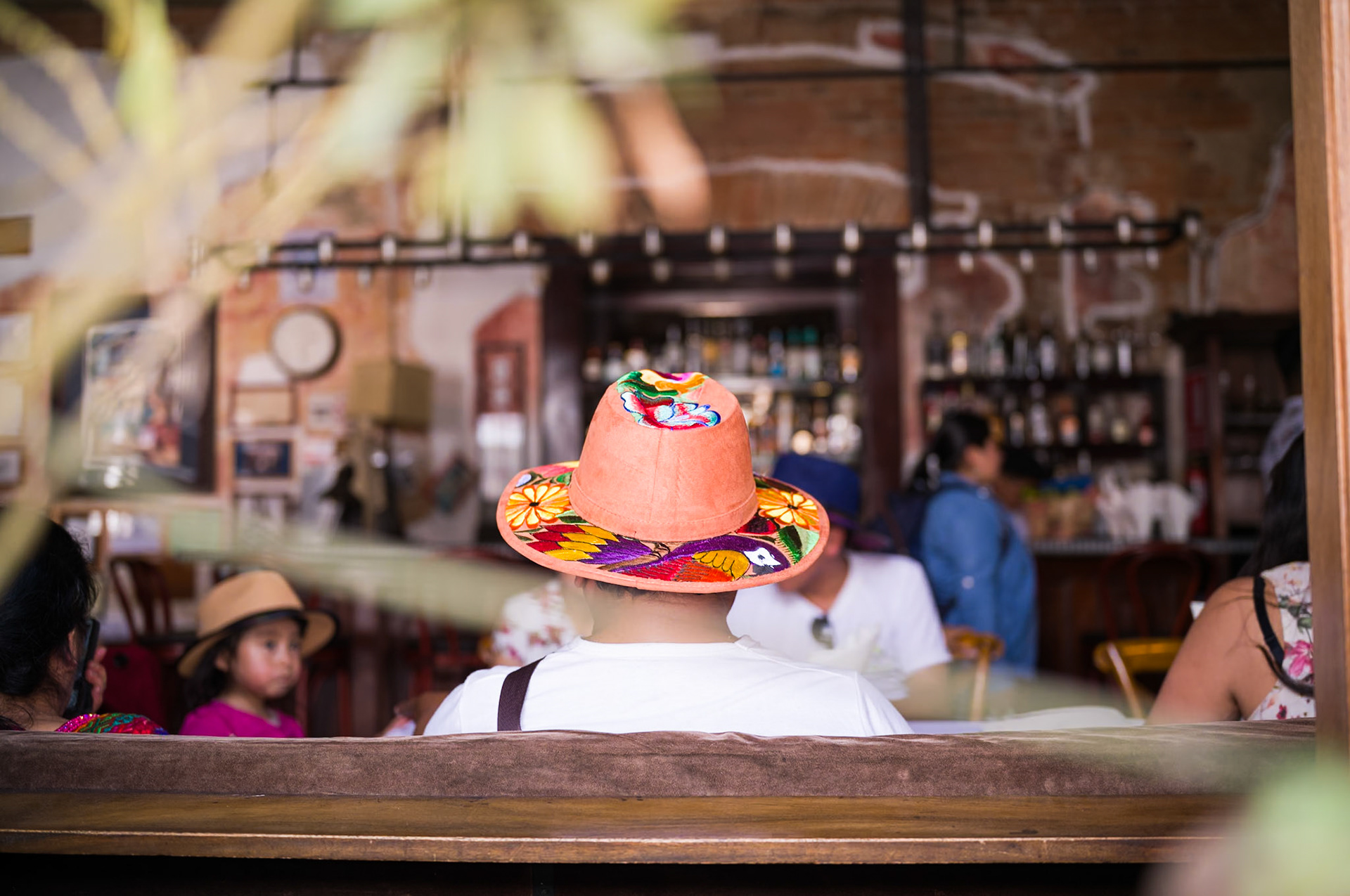

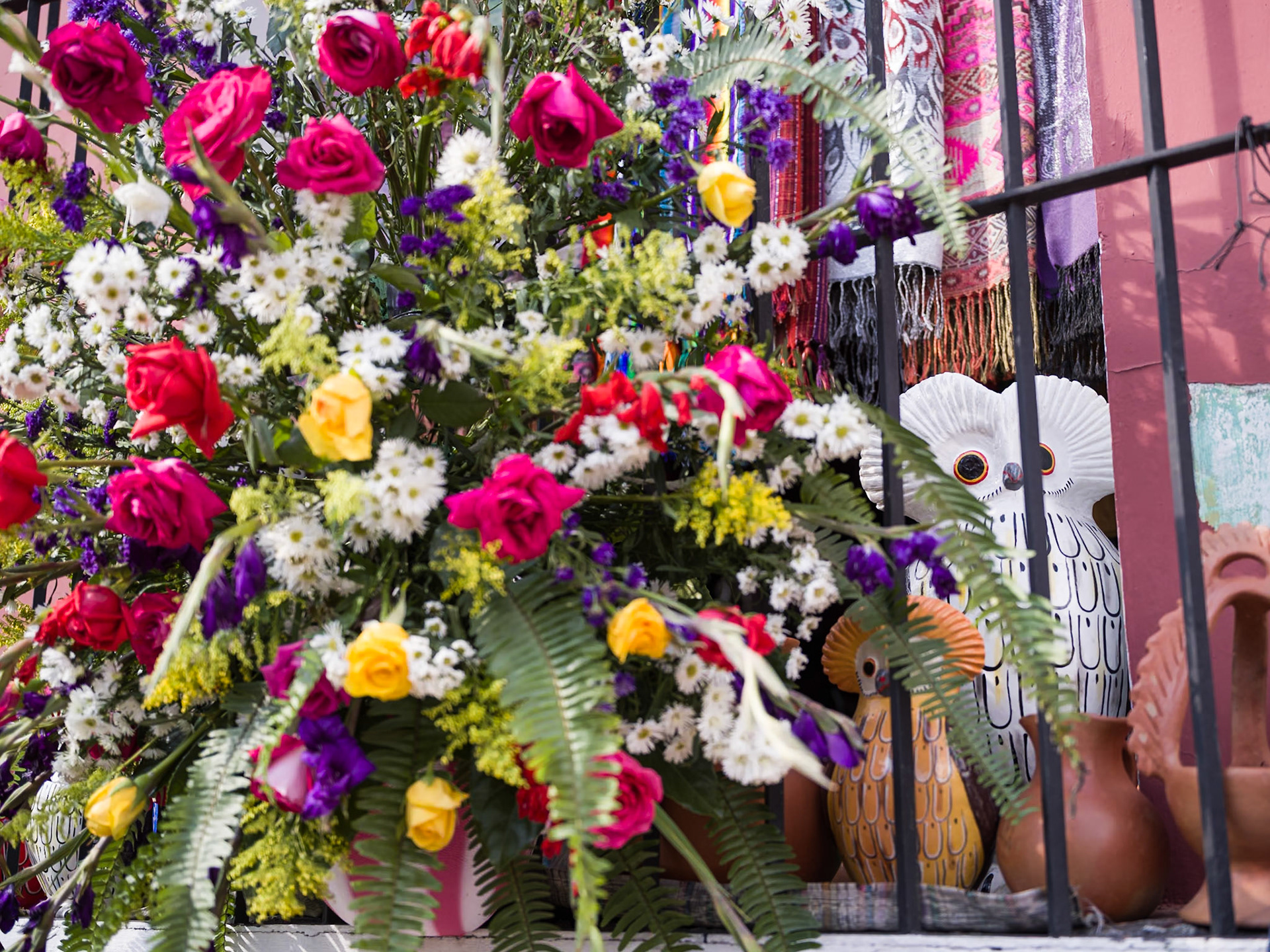



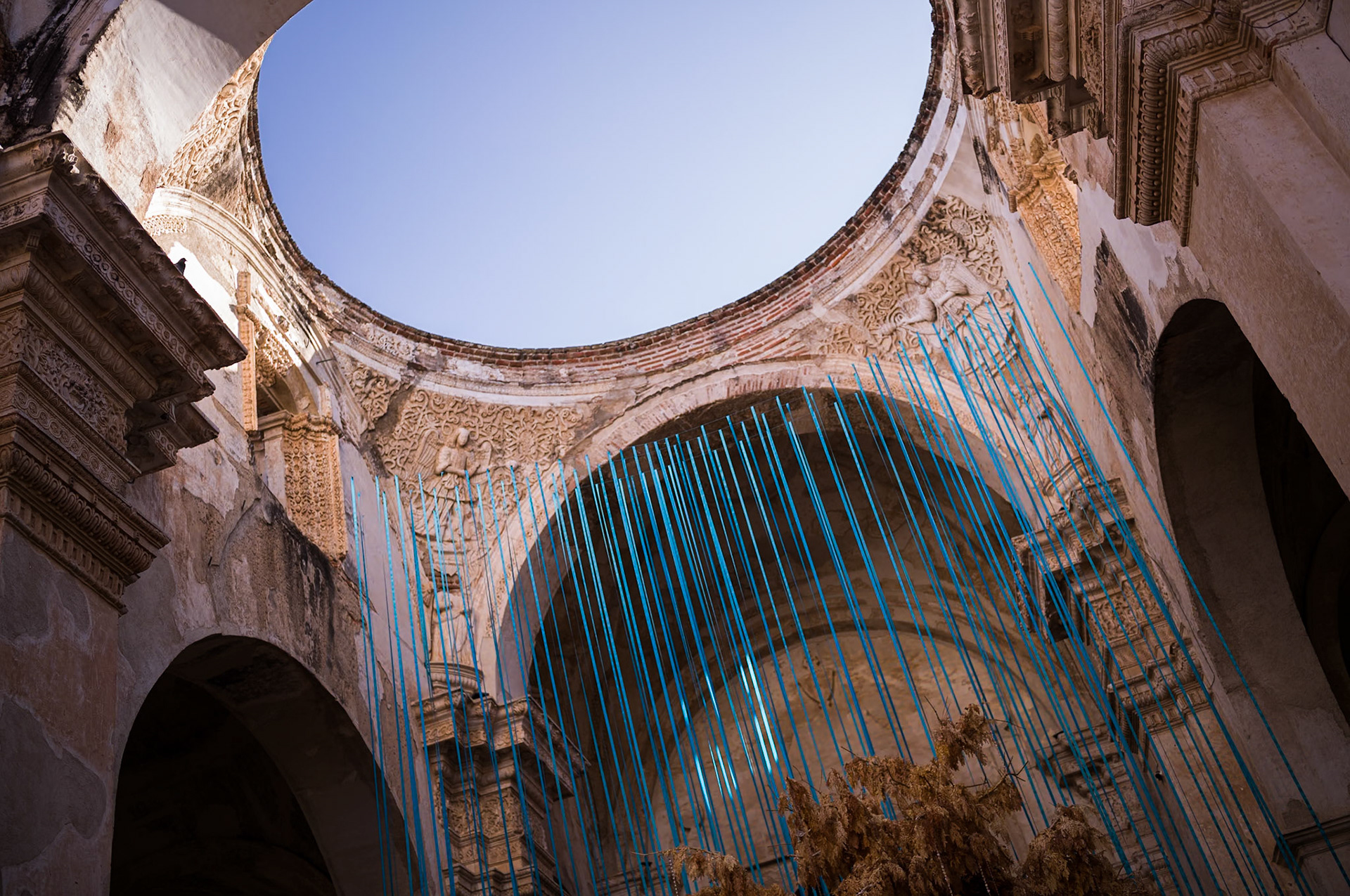
Antigua
In the heart of Guatemala, where the earth touches the sky, stand two volcanoes: Agua (water) and Fuego (fire). They are said to be earthly manifestations of Mayan lovers: Agua as Hunahpú, a calm and strong prince, and Fuego as Xquic, a fiery and passionate princess. Their union brought the full spectrum of emotions to the land, with fertile soil from the lava and nourishing rains from the clouds. The people living in the valleys below revered them, celebrating the balance they brought to the land.
The city of Antigua sits in one such valley, perpetually framed by these two majestic volcanoes. The Spanish founded this place in 1543, amidst a turbulent era of conquest, disease, and alliances that resulted in the demise of Mayan power in the region. Forming the new capital of a colonial empire in Central America, Antigua was the jewel of this new world, with soaring cathedrals and colorful colonial buildings. Unfortunately, it was shaken several times by earthquakes - first by a powerful one in 1717, followed by tremors in 1751, and finally, the devastating quake in 1773. This powerful seismic activity convinced the government to move the capital to present day Guatemala City.
However, Antigua was not to be abandoned. The city, determined not to succumb to nature's wrath, rebuilt itself. But instead of soaring cathedrals, it chose low, sturdy buildings, creating a quaint skyline that has charmed visitors for centuries.
Today, the city is alive with festivals where the past and present merge. I was fortunate enough to be there for two festivals. The kite festival is a spectacle of color and creativity, believed to connect the living with the spirits in a celebration on and after November 1st. The flower festival, celebrated in mid-November, transforms streets into rivers of petals, a celebration of life and nature, deeply rooted in the indigenous connection to the earth.
The story of Agua and Fuego, as entwined with the tale of Hunahpú and Xquic, is a relatively modern addition to local mythology. While Hunahpú exists in Popol Vuh, the love story with Xquic and the subsequent manifestation as volcanoes appeared in folklore of the 20th - 21st centuries. Still, I found it a fantastic metaphor for the tumultuous nature of the region, which results in a beautiful mixture of Spanish and Mayan culture.
Standing in the shadow of Agua and Fuego, experiencing the fusion of traditional festivals, and walking among the colonial ruins of Antigua, I was reminded that beauty often flourishes in the wake of adversity, a lesson as timeless as the city itself.